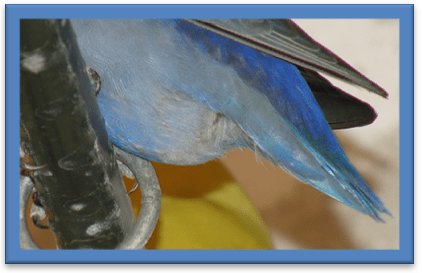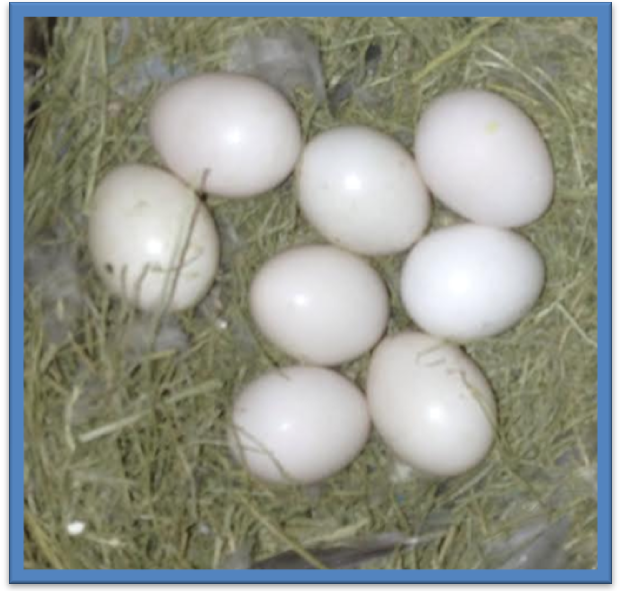Lovebirds and egg binding
Regardless of whether you are a bird breeder or an amateur who only owns a couple of lovebirds, you should be ready to face this situation as it is a common health problem among these

Regardless of whether you are a bird breeder or an amateur who only owns a couple of lovebirds, you should be ready to face this situation as it is a common health problem among these animals.
Dystocia in Lovebirds
This situation can take place very frequently if we let a very young female breed before being ready to do it. We should wait until the female is at least 10 months-1 years old. Sometimes this becomes a difficult task. The reproductive instinct of these animals is so strong that even if we do not encourage the females to breed, they are often so determined to do it that avoiding this issue can be almost impossible. From my point of view, it is worse to keep a young female bird from breeding than letting her to do it the right way. What a dilemma. Naturally, we should not provide a young couple with any object that could prompt them to go into heat, like palm leaves or boxes where they can shelter.
Nevertheless, as I already have said, the instinct is just too strong and even if we do not provide the couple with those objects, they will go into heat anyway. If we notice that the cloaca area of the female is swollen, we should make her laying as comfortable and calm as possible, regardless of her age. Although, as I have already mentioned, younger females are more likely to suffer this condition than grown-up ones; it does not mean that it can never happen to a grown-up female, because it actually does.As I see it, this is a leading cause of death in reproductive birds.
Dystocia
In the case of grown-up females we do not know for sure the causes of this condition, although it seems that it usually happens when the female lays an egg that is too large and also when the female is feeling weak so she is unable to pass the egg. The key in this kind of situation is timing. Sometimes, we get distracted and by the time we check the nest, the female is already dead. In my case, I know that if I get there in time I will save the female for sure. It is crucial to check the female’s condition. If she is healthy and flies normally, we do not need to worry about her even if her cloaca gets swollen. It could be simply due to a large set of eggs, so we would only have to control it if the egg laying pattern is normal which would be every other day.
If the female is feeling weak and she does not fly properly, action must be taken. The first thing we need to do is handle her with care and massage the upper area of the cloaca in order to put the egg in the right position for her to pass it through more easily. Then we will apply some olive oil on the area using a swab. If the egg was not positioned correctly, the problem must be solved after the massage.
Other remedies, such as placing the bird close to the steam of a pot containing boiling water is a bit risky and, as far as I know, not very helpful. If the situation gets serious, I do not recommend trying to pull the egg out of the bird, the potential of an egg breaking inside the tract is high which is life-threatening. Honestly, given the case, the best thing you can do isto use medication or take your bird straight to the vet. Giving your bird a little amount of a dilation treatment will helpit pass the egg within a short time.
Juan A. García. “Agapornis La Isla”.



